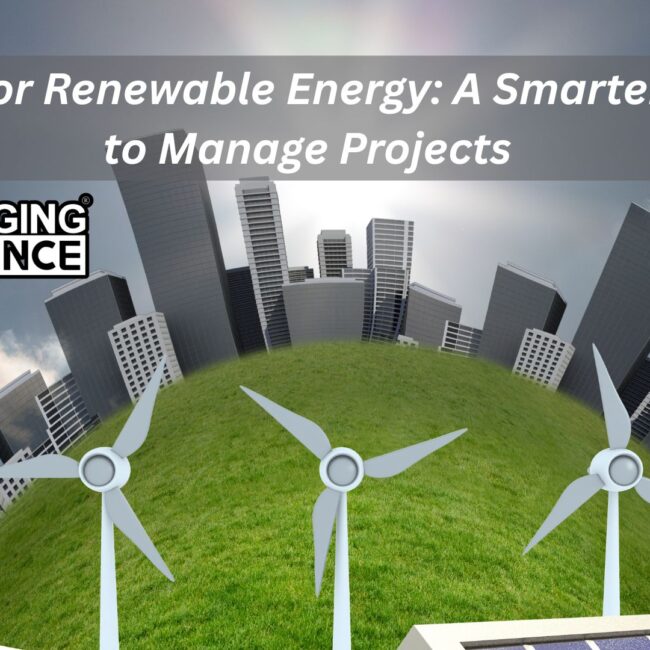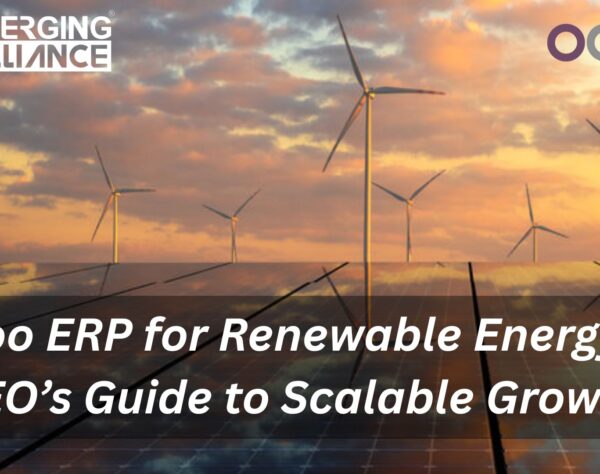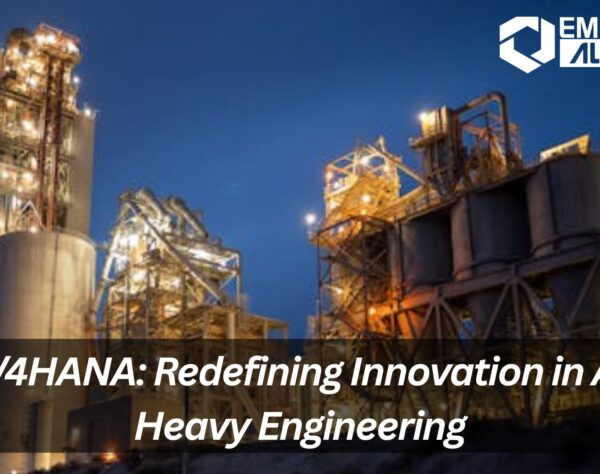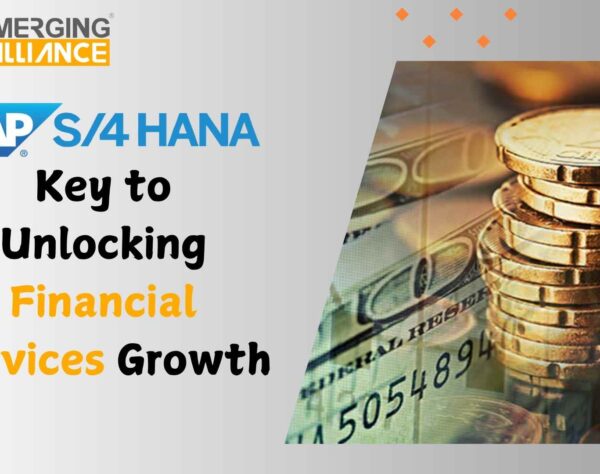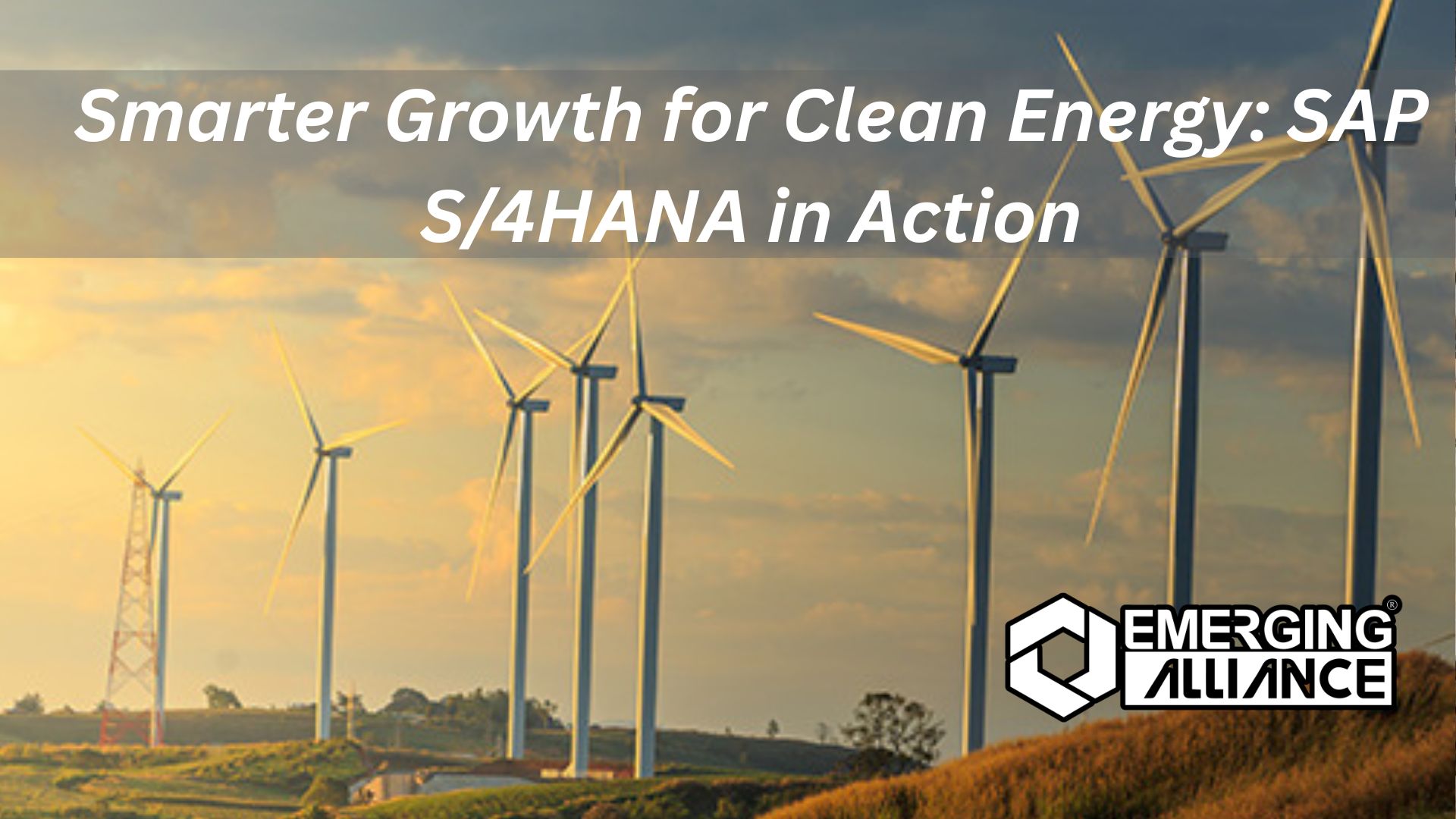
Smarter Growth for Renewable Energy: SAP S/4HANA in Action

Know how SAP S/4HANA Empowers Renewable Energy Companies
As the clean energy revolution accelerates, Renewable Energy Industries face growing pressure to expand quickly — without compromising on efficiency, compliance, or profitability. But scaling solar farms, wind parks, and hybrid grids is complex. CEOs must juggle high-value assets, distributed operations, regulatory demands, and ESG expectations — all while controlling costs. This is where SAP S/4HANA steps in.
A next-generation ERP designed for real-time, data-driven operations, SAP S/4HANA empowers renewable energy companies to grow smarter, faster, and more sustainably.
🌍 1. Unified Control of Project Lifecycle
Renewable energy projects involve numerous stakeholders and phases — from site selection and EPC to operations and maintenance. Disconnected systems lead to delays, cost overruns, and inefficient decision-making.
SAP S/4HANA brings all stakeholders onto a single digital platform, enabling:
- Real-time visibility across projects, sites, and departments
- Accurate tracking of budgets, timelines, and KPIs
- Faster coordination between engineering, procurement, and finance
🔍 Example in action: A solar EPC firm used SAP S/4HANA to cut project planning time by 30% through centralized scheduling and procurement tracking.
📊 2. Real-Time Financial & ESG Reporting
In today’s investment landscape, clean energy companies must be transparent — not just about financial performance, but also about environmental impact.
SAP S/4HANA helps by:
- Consolidating financials across multiple entities and currencies
- Automating ESG and sustainability reporting
- Tracking energy output, emissions, and compliance in real-time dashboards
🔍 Example in action: A wind energy company reduced investor report preparation time from 2 weeks to 2 days by using SAP’s built-in ESG and financial reporting tools.
⚙️ 3. Predictive Maintenance for Asset Uptime
Clean energy companies rely on expensive, performance-critical assets — wind turbines, inverters, panels, and batteries. Unexpected breakdowns mean lost revenue and costly repairs.
With IoT integration and machine learning, SAP S/4HANA enables:
- Real-time asset monitoring
- Predictive maintenance alerts before failures occur
- Automated service scheduling and spare parts planning
🔍 Example in action: A renewable storage operator used predictive analytics in SAP S/4HANA to reduce downtime by 40% across their battery units.
🛒 4. Smarter Procurement & Supply Chain
Delays in part delivery or poor vendor coordination can cripple project timelines. SAP S/4HANA ensures supply chains are agile and cost-effective.
Key benefits:
- Automated procurement workflows
- Real-time supplier performance tracking
- AI-driven demand forecasting to prevent overstock or shortages
🔍 Example in action: A hybrid energy developer cut material costs by 18% by automating procurement decisions based on live project progress and inventory levels.
☁️ 5. Cloud-Ready Scalability for Global Growth
Clean energy projects are expanding across continents — each with its own tax codes, languages, and compliance requirements. Legacy systems struggle to keep up.
SAP S/4HANA supports global growth with:
- Cloud, on-premise, and hybrid deployment models
- Multi-currency, multi-language, and regulatory support
- Fast rollouts for new locations or business units
🔍 Example in action: A global renewable energy firm deployed SAP S/4HANA across 4 countries in under 6 months, standardizing operations while reducing IT overhead.
Conclusion: Scale Clean Energy with Intelligence
The clean energy sector needs more than growth — it needs smart growth. That means efficient operations, real-time insights, proactive asset care, and sustainable reporting.
SAP S/4HANA empowers renewable energy companies with the intelligence, flexibility, and control to lead the energy transition — profitably and sustainably.
Whether you’re managing megawatts or gigawatts, SAP S/4HANA is built to help you scale smarter.
Also read, similar articles that interests you on SAP and various other ERPs for the Renewable energy Industry.
FAQs
1. What is SAP S/4HANA, and why is it important for renewable energy companies?
SAP S/4HANA is an intelligent ERP suite designed to centralize business operations. For renewable energy companies, it enables efficient project execution, real-time decision-making, and sustainable scaling across geographies.
2. How does SAP S/4HANA support cost reduction in clean energy operations?
It helps reduce costs by automating procurement, optimizing inventory, enabling predictive maintenance, and minimizing delays in project execution through real-time data visibility.
3. Can SAP S/4HANA handle multiple renewable energy projects simultaneously?
Yes, SAP S/4HANA supports multi-project management with live tracking of budgets, milestones, procurement, and workforce — all within a centralized digital dashboard.
4. How does SAP S/4HANA help with ESG and sustainability reporting?
It includes built-in tools for tracking carbon emissions, energy output, compliance status, and ESG metrics — enabling faster, audit-ready sustainability reporting for investors and regulators.
5. Is SAP S/4HANA suitable for solar, wind, and hybrid energy companies?
Absolutely. It is industry-agnostic and supports all types of clean energy models including solar farms, wind parks, battery storage, hydro, and hybrid grids.
6. What advantages does SAP S/4HANA offer for predictive maintenance in energy operations?
It connects to IoT devices and uses AI to monitor equipment health in real time, enabling predictive maintenance schedules that reduce downtime and extend asset lifespan.
7. How scalable is SAP S/4HANA for renewable energy companies expanding globally?
Very scalable. SAP S/4HANA supports multiple currencies, languages, and tax jurisdictions, making it ideal for energy firms operating across states or countries.
8. How does SAP S/4HANA improve procurement and supply chain management?
It automates procurement workflows, predicts material requirements, and tracks supplier performance — improving transparency, reducing waste, and accelerating delivery timelines.
9. Is SAP S/4HANA cloud-based or on-premises?
SAP S/4HANA can be deployed on-premises, in the cloud, or in a hybrid model — giving renewable energy businesses the flexibility to choose what fits their digital roadmap.
10. How can renewable energy CEOs get started with SAP S/4HANA implementation?
They can start with a digital readiness assessment, followed by a tailored implementation roadmap with an SAP partner that understands the unique needs of the clean energy sector.
Ready to Power Up Your Renewable Energy Operations? Talk to our SAP S/4HANA experts today!



